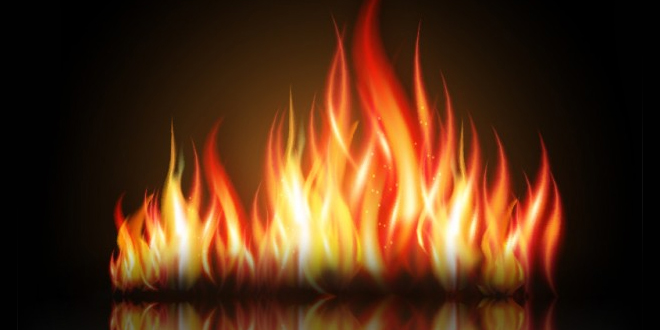Question: What is combustion?
Answer: The process of burning of substances in air or oxygen with the evolution of heat and light is known as combustion.
Question: Distinguish between combustible and non-combustible substances, giving three examples of each.
Answer:
Question: Why is it more difficult to burn some combustible substances than others?
Answer: Different substances have different ignition temperature therefore it is more difficult to burn some combustible substances than others. For example, a log of wood has higher ignition temperature than cut pieces of wood.
Question: State the conditions under which combustion occurs.
Answer: Conditions necessary for combustion to take place are as follows:
- Presence of a combustible substance.
- Presence of supporter of combustion (O2)
- Heating the combustible substance to its ignition temperature.
Question: Why is more care needed to store kerosene than coal, though both are fuels?
Answer: More care is needed to store kerosene than coal, though both are fuels because kerosene has low ignition temperature i.e., it is an inflammable substance and can catch fire easily. A small spark can ignite it and cause major fire.
Question: What problem will arise if a fuel has an ignition temperature lower than the average room temperature? Name the type of combustion that will occur in such a case.
Answer: If a fuel has an ignition temperature lower than the average room temperature then it catches fire rapidly without application of external heat. For example white phosphorus is stored under water and sodium is stored under kerosene to avoid spontaneous combustion.
 Class Notes NCERT Solutions for CBSE Students
Class Notes NCERT Solutions for CBSE Students



Hi! I’m Gauri Bharti of class 8th I have problems in some questions but now I clearly answered the questions. Tnq u!